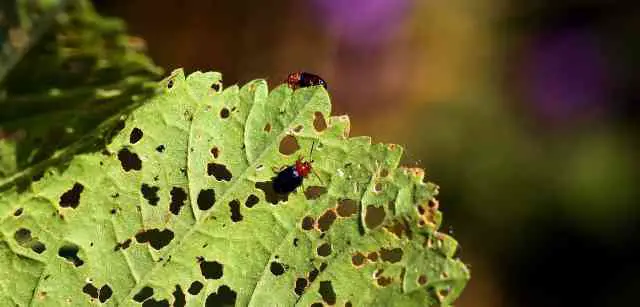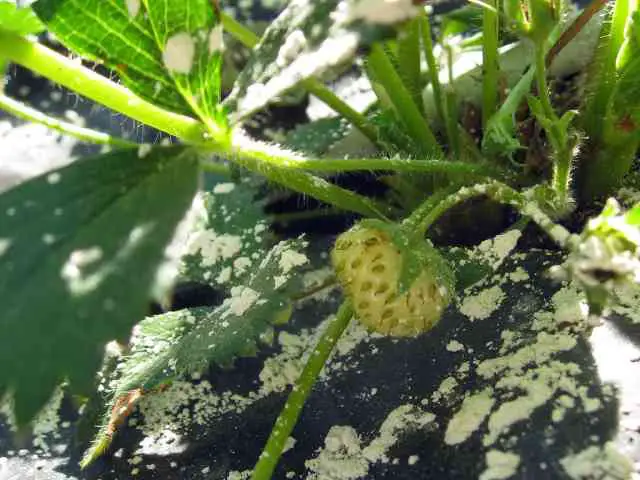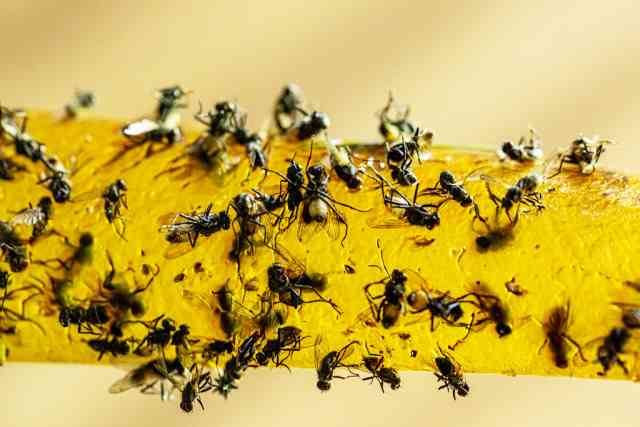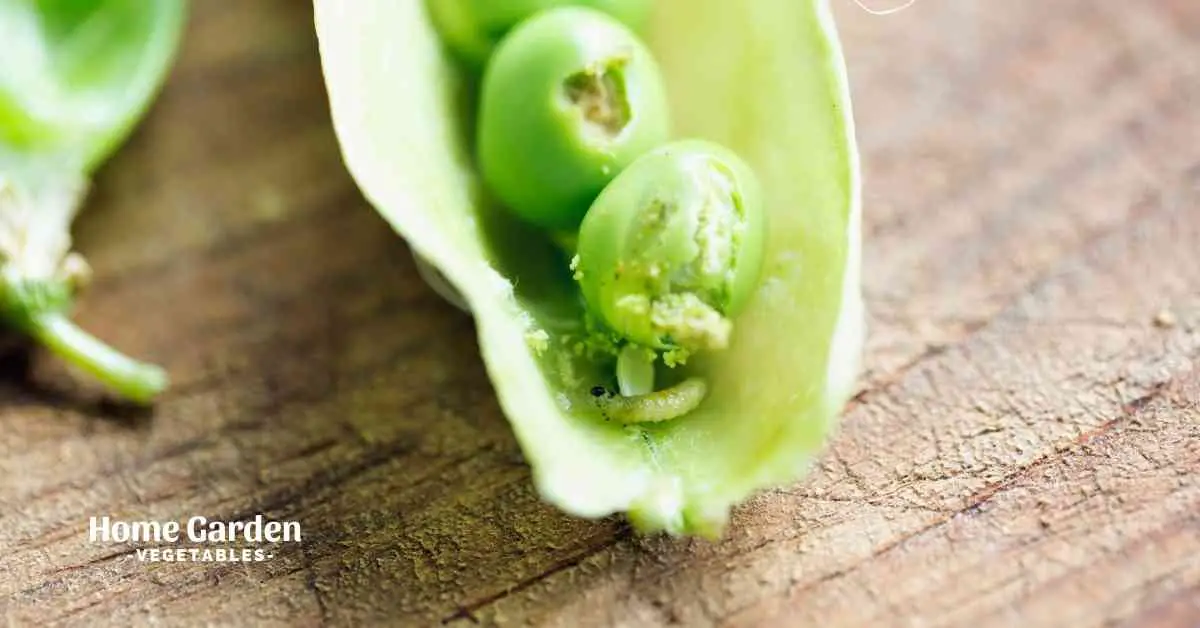Every gardener loves seeing those lush green leaves, bright flowers and perfect fruits hanging from the branches. Instead, if you find holed fruits, bitten leaves and colonies of unsightly insects crawling on the plants, it can be downright depressing. Pests can easily destroy even the hardiest crops, so it’s important to take action before it’s too late. Continue reading and you’ll learn all about how to get rid of vegetable garden pests.

12 Tips To Get Rid Of Vegetable Garden Pests
If you’re facing pest problems in your vegetable garden, here are a few tips that can help:
Reader Poll: What online courses would interest you?
1. Introduce Beneficial Insects
Not all bugs are enemies. Many bugs can actually help your crop thrive by pollinating and eating up harmful pests. Being able to differentiate between the good bugs and the bad can help you attract garden insects that will keep the pest population low. In general, ladybugs, bees, spiders, green lacewings, centipedes, parasitic wasps and praying mantis are good bugs.
Beneficial insects can be purchased from certain horticultural supply centers. An easier alternative is to grow plants that attract the good bugs. These include fennel, mint, carrots, parsley, dill, marigolds and other flowering plants.
2. Use Barriers
Barriers are any kind of physical wall that deters pests from reaching your vegetables. For example, you can plant carrots in toilet rolls to prevent cutworms from getting to the roots. Certain plants also make good barriers for your vulnerable vegetable crops. Border your vegetable garden with peppermint, spearmint and pennyroyal plants to keep the insects out.
Subscribe to our newsletter!
Floating row covers can help ward off many pests, including beetles and flea beetles.
3. Crop Rotation
If you continue planting the same crop at the same location each year, the pests that attack the crop will stay in place, multiplying and waiting for the next season. Instead, practicing crop rotation helps ensure that the pests that attacked the crop in the last season won’t find their favorite varieties to thrive in the next season and will move away from your garden.
4. Pluck Off Infested Leaves
If you find any leaves that are heavily infested with bugs, pluck them off the plant and destroy them. This will keep the pest population down on the rest of the plant.
5. Use Diatomaceous Earth

Sprinkle diatomaceous earth around the base of your vegetable plants, including cantaloupe, squash and tomatoes. It acts as a natural barrier against crawling insects. Since it’s only effective when dry, you’ll have to reapply after each rain. You should also know that it will also kill beneficial insects along with the pests.
6. Handpicking And Destroying
Although labor-intensive, handpicking and destroying bugs is an effective control against larger pests, especially if the infestation isn’t heavy. Just pluck off bugs and eggs from the leaves and destroy them, either using your bare hands or dropping them in a bucket of soapy water.
7. Horticultural Oils
Horticultural oils are plant-based oils that can be mixed with water and sprayed onto the plants. They can poison and kill many soft-bodied insects, including aphids, mites and scale insects. Unfortunately, these oils will also destroy beneficial insects together with the bag bugs.
8. Garlic And Cayenne Pepper Spray
You can make your own all-natural pest control spray at home using some very basic ingredients. Just mix 1 tbsp of cayenne pepper and 1 tbsp of minced garlic in 2 quarts of water and let it sit overnight before straining and adding to a sprayer bottle. You can also add in some castile soap and peppermint essential oil to the mixture. Spray the plants with this mixture a couple of times during the growing season to keep out the pests.
9. Blood Meal To Keep Out Deer
You may also have certain bigger pests to worry about. If deer often get into your garden to destroy the developing crops, scatter blood meal between the vegetable rows to keep them out. You’ll have to repeat the application every 10 days or so for it to be effective. Blood meal also keeps away rabbits and groundhogs from your vegetable crops, although it might attract dogs. If you fear dogs might find your garden, sprinkle some garden lime over the blood meal to keep out dogs as well.
10. Keep Out Weeds
Among other drawbacks of weeds, they also often encourage insect pests and parasites. Pests that thrive on these weeds will also attack the vegetable crops in the vicinity. Pull out the weeds as soon as they appear to keep the insect population low. Mulching the ground also helps keep out weeds from the garden.
11. Use Insect Traps

Sticky cards are available at most garden centers. You can place them around the plants on the ground or on the plants between branches. They’ll catch any bugs that accidentally walk on them. Also, since they are a bright yellow color, insects will be attracted to these cards. Again, these traps may also harm the beneficial insects in your garden.
12. Eggshell Powder
Eggshells are easily available at home and are an inexpensive and effective organic pest control. Just wash and dry eggshells before grinding them into a fine powder and sprinkle them on and around the plants infested with pests. Eggshell powder is particularly effective against Japanese beetles, slugs, ants and flea beetles. You’ll have to reapply after a heavy rain.
Conclusion
So you’ve learned quite a few tips on getting rid of common garden pests that harm your vegetables. Choose whatever suits your garden best and protect your crops while they can still be revived. It’s about time you tell the critters who’s in charge!

